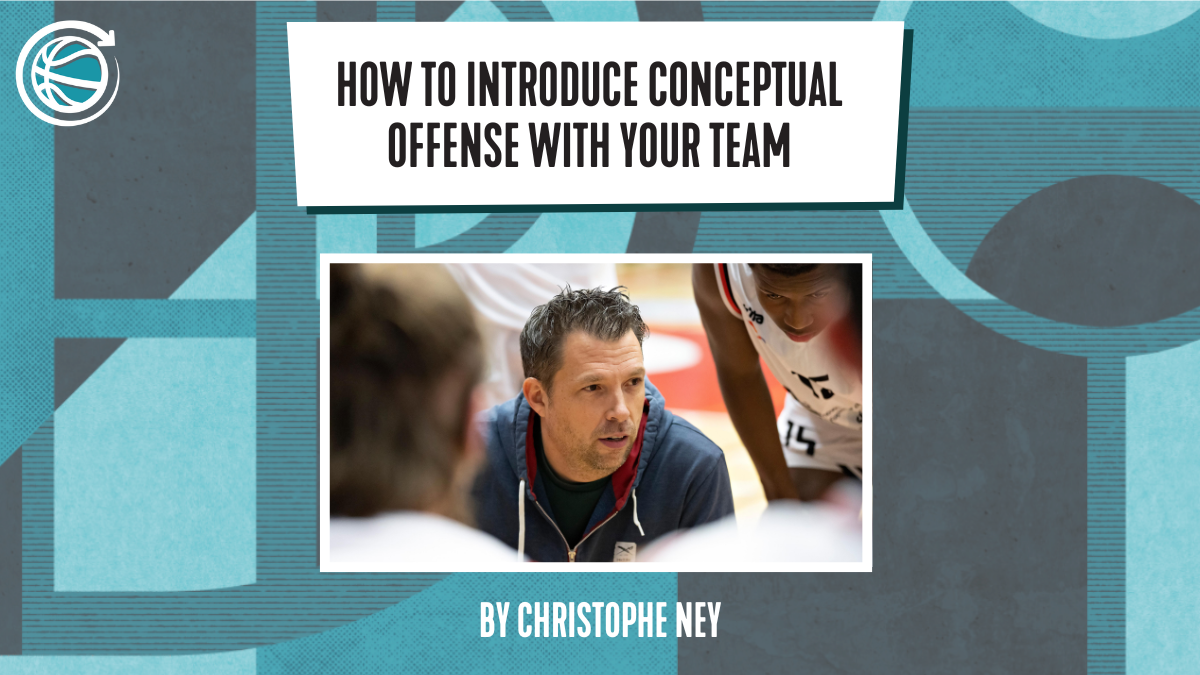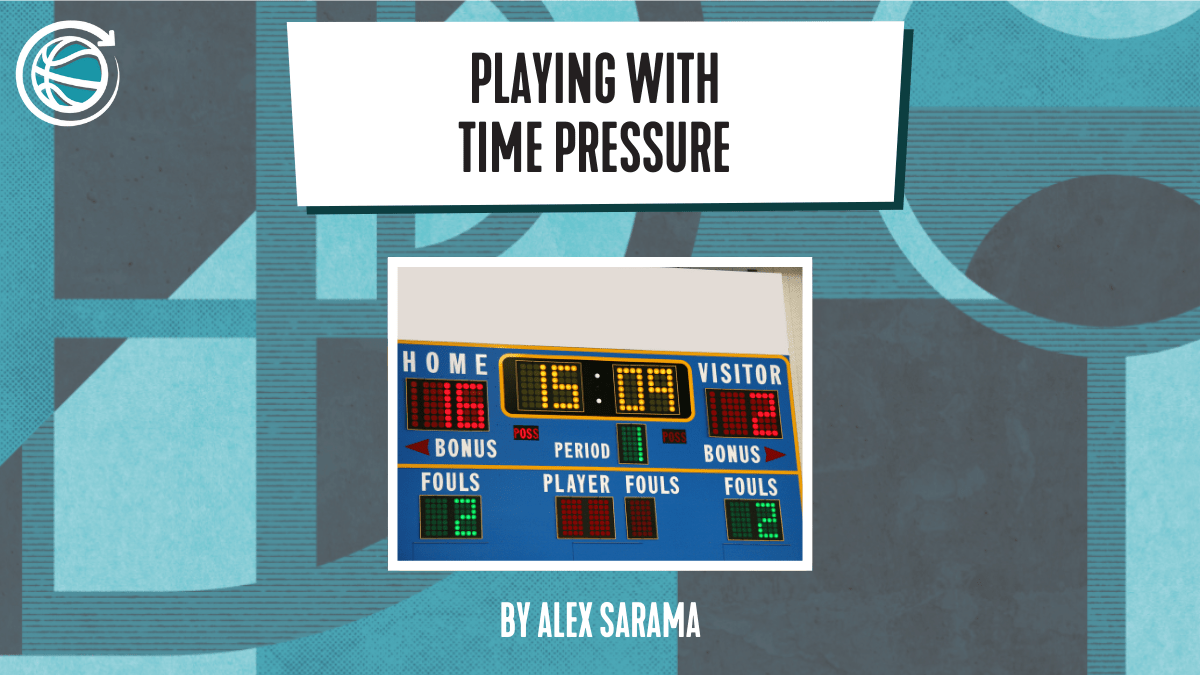How To Introduce Conceptual Offense With Your Team
For nearly a decade, I’ve coached senior-level players in semi-professional basketball, and despite their individual talents, I encountered the same recurring issues on offense. It wasn’t a lack of skill, but a deeper challenge – stagnation. Time and time again, our offense would stall at critical moments, with players resorting to 1-on-1 or, worse, 1-on-5 as the shot clock dwindled.
And then there was the other battle: limited practice time. With so little time to train, it was impossible to implement an expansive playbook that would keep our offense unpredictable and versatile.
These challenges pushed me to rethink my entire approach—and that’s when I found the solution: building a conceptual offense. Instead of relying heavily on set plays, I shifted our focus to a trigger-based offense that gave players more freedom and control. Not only did this improve our offensive flow, but it reignited a sense of joy and creativity in both practices and games.
We didn’t abandon set plays entirely; instead, we used them as “quick hitters” first and secondly to set us up for those triggers. This subtle shift of focusing on the exit rather than the start of the play proved game-changing. For years, I had wasted so much energy on nailing the perfect entry into a set play when I should have been helping players learn how to finish the offense and create opportunities.
The Key to Unlocking Offensive Creativity
In practice, our focus turned to a few essential teaching points that transformed the way our team approached the game…
1. Quick Decisions over Perfect Decisions. Players were encouraged to make first-touch decisions, even if they weren’t always “right.” This applied to both offense and defense.
2. No More Drills Against Thin Air: We eliminated nearly all “vs 0” drills and traditional conditioning, opting for drills that always involved defense, often full-court, to simulate real game situations.
3. Chaos is Key: To prepare for unpredictability, we introduced chaos in practice, pushing players to break the norm and think creatively, just like they would in a real game.
DOWNLOAD OUR FREE CONCEPTUAL OFFENSE PLAYBOOK
Building a Conceptual Offense Around Triggers
At the core of our system was a 5-out conceptual offense based on well-defined triggers. These triggers weren’t scripted plays but actions players would recognize and use to create advantages. Here are just a few examples:
Corner Drives: When the ball lands in the corner, and the player doesn’t shoot or make the extra pass, they must drive to the paint going to the middle. The player who passed the ball will rotate into the corner and become a passing/shooting option.
45 Cut: The cutter reads the backdoor—if it’s not open, they set a pin-down screen for the corner player, leading to a front cut. The original Pin-Down screener then returns for a hand-off with the ball handler on the perimeter.
These triggers became second nature to our players, empowering them to recognize and exploit opportunities in real-time. But this system only worked because the players understood that the triggers weren’t just there because the coach said so—they were tools to create an advantage and find scoring opportunities.
In the video below, you’ll see the building blocks of our conceptual offense in action, with real examples of how we created advantages through these triggers. Watch closely, and you’ll spot many of the strategies and movements I’ve described. Whether you’re a coach looking to empower your players or an athlete eager to improve your decision-making, this video will give you a firsthand look at how this approach can transform an offense.
Guest Blog by Christophe Ney

Nov 4, 2024
admin




